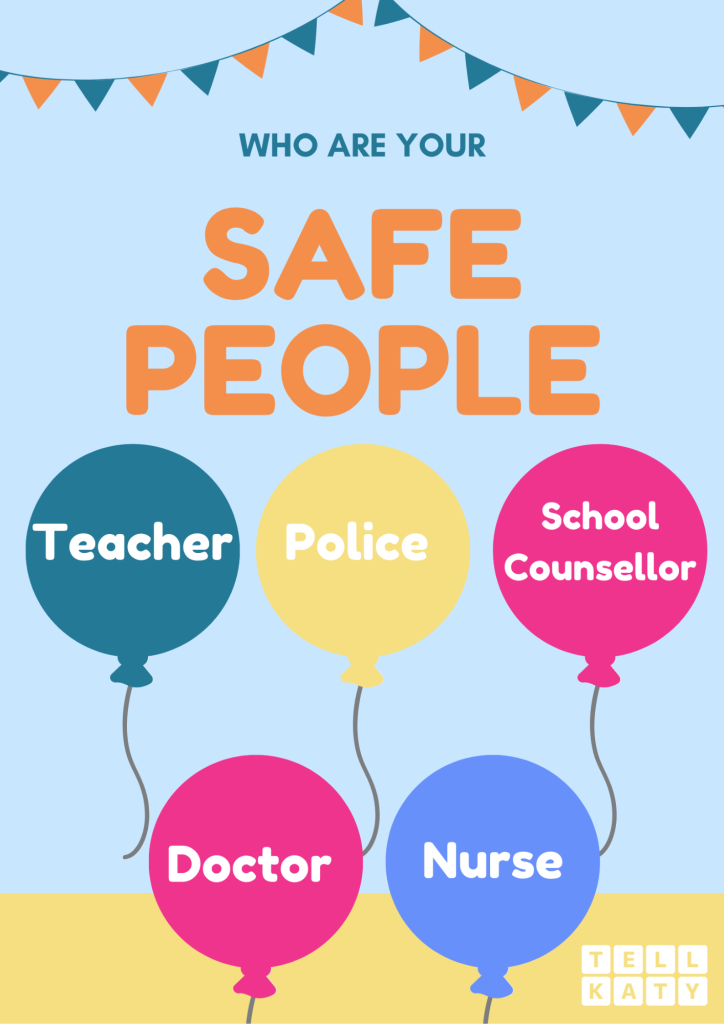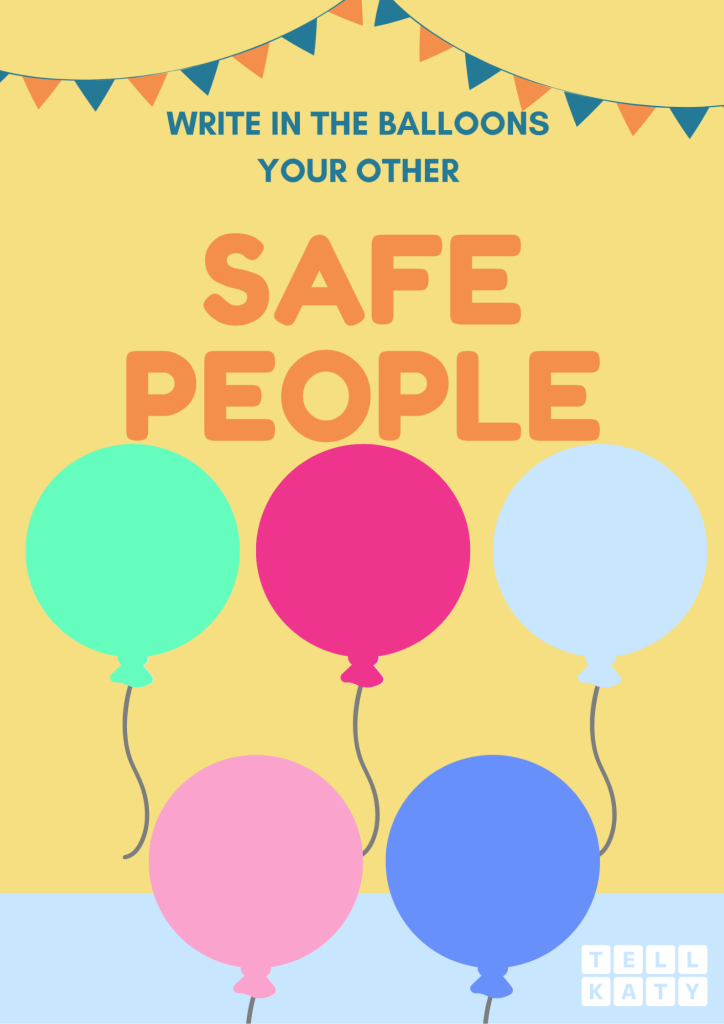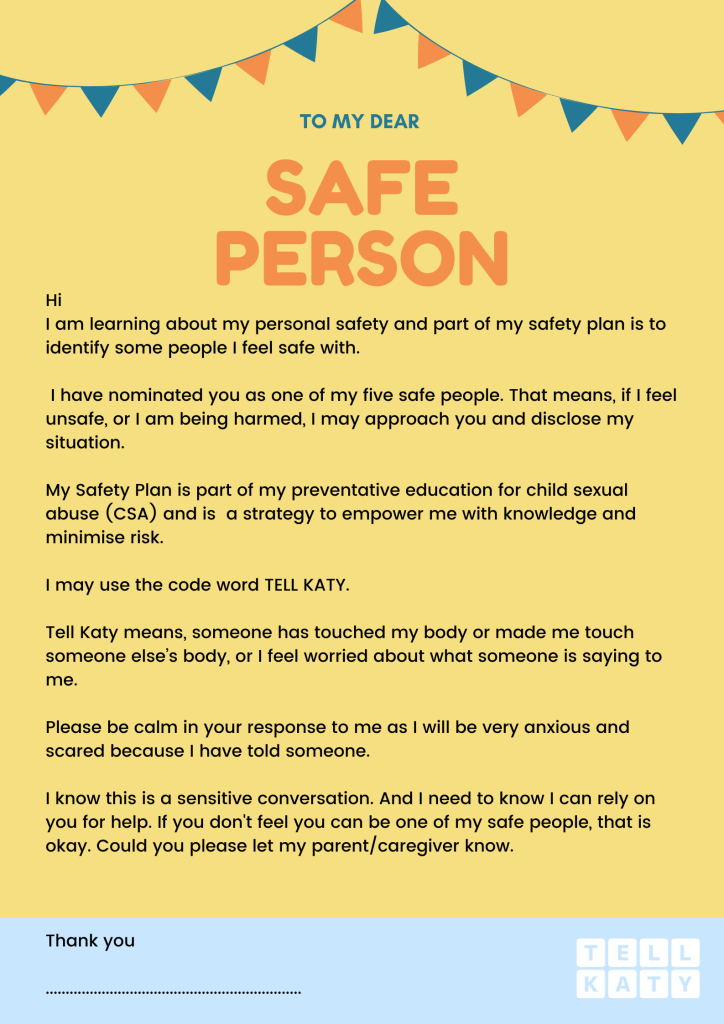Safe People
The concept of “Safe People” is often emphasized as a key component of a child’s personal safety plan.
Why Does a Child Need A Safe Person?
Identifying safe individuals in a child’s life circle offers numerous benefits. It ensures they have trusted people to rely on. Additionally, it provides a source of support if they find themselves in danger, are feeling anxious, or simply need a listening ear. Most importantly, it provides a confidant for disclosing abuse or expressing feelings of danger.
Who are the Safe People?
As parents or caregivers, we often believe we know who our children are safest with. Yet, it’s crucial to have a conversation with your child and let them express who they feel safest with.
Empowering children to make this choice reinforces trust. Children are aware of who they feel secure around, especially in the absence of their parents.
They are also attuned to who they are comfortable speaking with. While some individuals may be safe, your child might not feel at ease talking to them. This could be because the person frequently dismisses the child’s words, talks over others, uses a harsh tone, or just creeps them out.
Do not overlook these factors. Children observe and develop their own views on who they enjoy being around, who makes them happy, and who causes them concern. They are unlikely to confide in someone with whom they do not feel comfortable. This is why it’s essential to ask your child this question and listen to their response when initiating the conversation.
You could start a conversation with this something like this example below:
“In your safety plan, it’s super important to know who your ‘safe people’ are. These are the people you feel good talking to and who make you feel safe. They are the ones you trust to help you if you’re worried or in trouble. Think about who you like talking to, who you don’t like being around, and who makes you feel the safest. Out of these people, who would you ask for help if you needed it? You can pick up to five people.”



